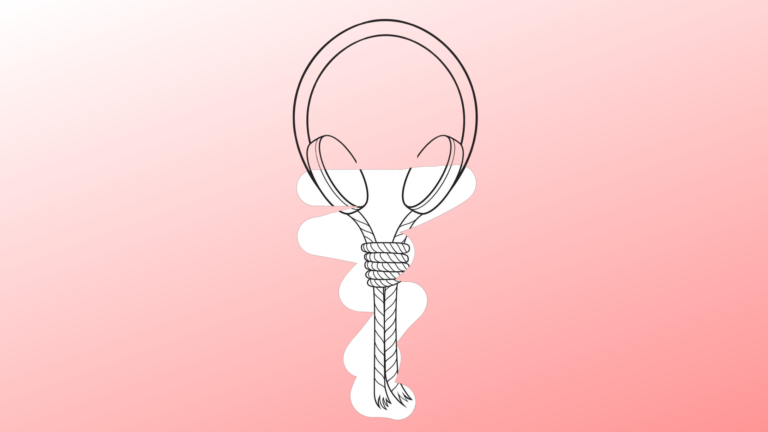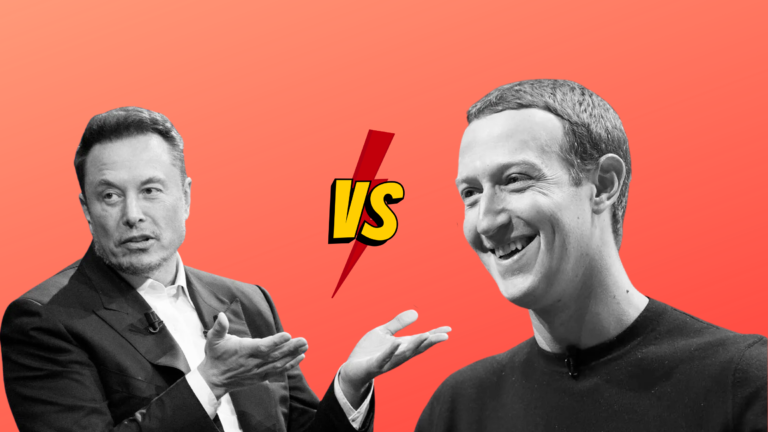Introduction
A competitive advantage refers to an attribute of a company’s business strategy that allows it to sustainably outperform new entrants and maintain market share. Network effects are a type of demand-based competitive advantage. They exist within the business model of a company (“the incumbent”) that is able to attract new customers in virtue of already maintaining a large customer or user base.
Network effects are particularly common in marketplaces (e.g, eBay & Uber) and social media sites (e.g, Facebook & Instagram); selling a used product requires less effort in a market with a large buyer base, while social media platforms seamlessly connect you with friends who are already there. As both marketplaces for love and quasi social media platforms, it is unsurprising that we find a large network effect in popular dating apps.
In this article I will discuss what I believe to be a major consequence of this phenomenon: new entrants in the space are less likely to compete with dating-app giants by employing innovative models, but merely use the same tried-and-true structures to target niche demographics.
Swipe-Based Copycats
Dating platforms have seen considerable changes since the dominant days of Match.com and eHarmony. Early services were far more likely to include pre-match surveys and robust filtering options compared to today’s landscape which prioritizes efficiency and quantity. We can primarily thank the smartphone takeover and Tinder’s introduction of a swipe-right-or-left interface (2012) for this. Today, the three most popular apps in the United States (Tinder, Hinge, and Bumble) all allow users to view abbreviated profiles of nearby individuals and quickly indicate interest or disinterest. Their recommendations are primarily fueled by usage data (i.e, a user’s past likes and dislikes of other users) rather than on user-input data (i.e, personality surveys) that prioritize complementary and/or similar traits. Even platforms that predate Tinder and utilize comprehensive personality surveys have implemented “swipe-based” features: Plenty of Fish in 2013 (“Meet me” feature), OKCupid in 2014 (“Doubletake” feature), and Match.com in 2017 (“Missed Connections” feature).
Returning to our discussion of network effects, smaller platforms that have garnered popularity since the Tinder revolution have largely adopted this same structure and competed with incumbents by targeting specific demographics: apps that solely cater to users with shared religious beliefs, sexuality, age, socioeconomic status, relationship preferences, and so forth. Without going too deep into the weeds, we can explain this phenomenon by understanding the “locality” of network effects; a devout catholic will not benefit from Tinder’s massive user-base if it does not have an adequate proportion of other devout catholics. This creates exploitable gaps in the marketplace. Despite having fewer overall users, emerging platforms can effectively compete with dating-app giants by fostering a highly focused user community that shares strong demographic preferences.
A useful analogy to concretize this idea is through a (admittedly not perfect) comparison to bar culture. An important value proposition of bars is the allure of meeting new people. We might imagine a town that has “the spot” where everyone goes because, well that’s where everyone goes. However, if this “everyone” is not representative of a patron’s ideal demographic, they might look to competing niche bars; college bars, dive bars, sports bars, gay bars, and so forth. Arguably these differing types of bars are not materially different in the way they function to facilitate interpersonal interaction; they all have four walls and a bartender. Instead, they differentiate themselves through atmospheric differences (equivalent to a dating app’s minor design elements) and branding (sometimes unintentional). In other words, they achieve a local network effect through their targeting of more specific demographics. It is worth noting here that there has been some functional innovation in bar culture with the recent rise of popularity of ping pong (e.g, Spin), golf (e.g, TopGolf), and board-game bars (e.g, The Uncommons); however these do not exactly facilitate the meeting of new people.
Regardless of whether this analogy holds, we should expect more from dating apps. The realm of possibilities in digitized contexts is vastly greater than their physical counterparts and continuously expanding with technological innovation. It may appear unfortunate then that the current landscape consists of many similarly structured platforms which significantly prioritize mutual attraction over personality compatibility in the initial matching process.
If new entrants are unlikely to revolutionize the dating market, might we be able to rely on the current dating platform giants to introduce their own algorithmic/structural innovation? Here perverse incentives give us reason to be pessimistic. Why would Tinder, for example, switch to a superior model that prioritizes “soulmate finding” when they are monetarily incentivized to retain the highest possible number of active users? Their revenues rely on user activity and their market share on downloads versus deletions. Even Hinge which boasts an app that is “designed to be deleted” shares a structural similarity to the swipe-based approach that makes this claim rather dubious.
Some Hope
Unlike certain types of social media sites and bars, dating apps do not enjoy a second type of demand-based competitive advantage: customer captivity. With social media apps that serve the same function (e.g, image-sharing), you are less likely to find a user who maintains active profiles on multiple platforms (e.g, Facebook, Instagram, and VSCO). In the case of bars, it is not uncommon to find a pub regular who knows all the staff and rarely frequents other spots. On the contrary, it would appear odd to be a “Tinder loyalist.” That is, dating app users are more prone to experiment with different platforms; little friction is involved in transitioning between, or maintaining multiple accounts. Indeed, in a sample of 205 dating app users, (Sharabi, 2021) found that a third were active on multiple platforms.
This is a great thing. It suggests that users are at least willing to try new things. The burden then is on the next generation of apps to produce a model so superior to the status quo that it has the potential to outweigh the network effects of the incumbents.
Sources
Sharabi, L. L., & Timmermans, E. (2021). Why settle when there are plenty of fish in the sea?
Rusbult’s investment model applied to online dating. New Media & Society, 23(10)






